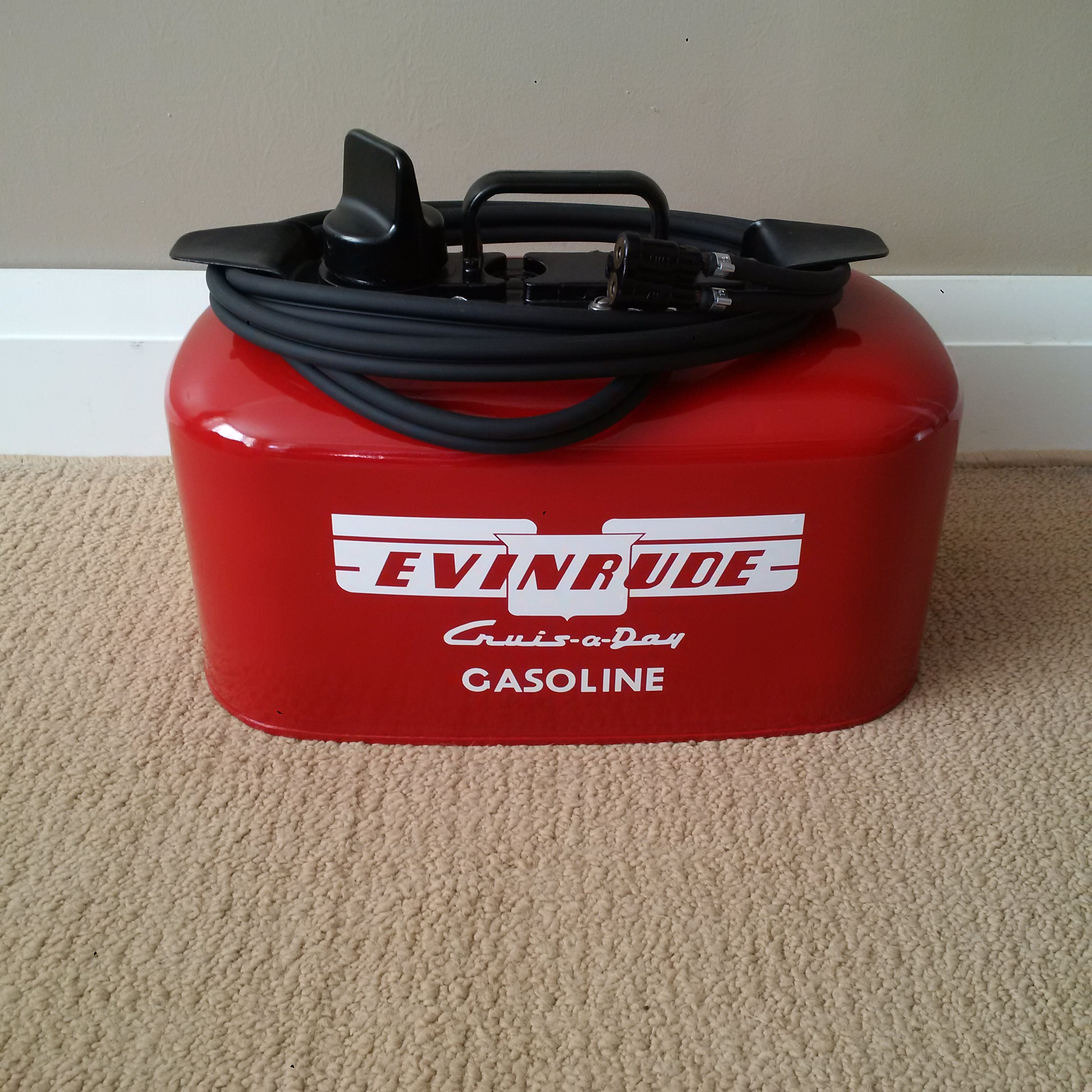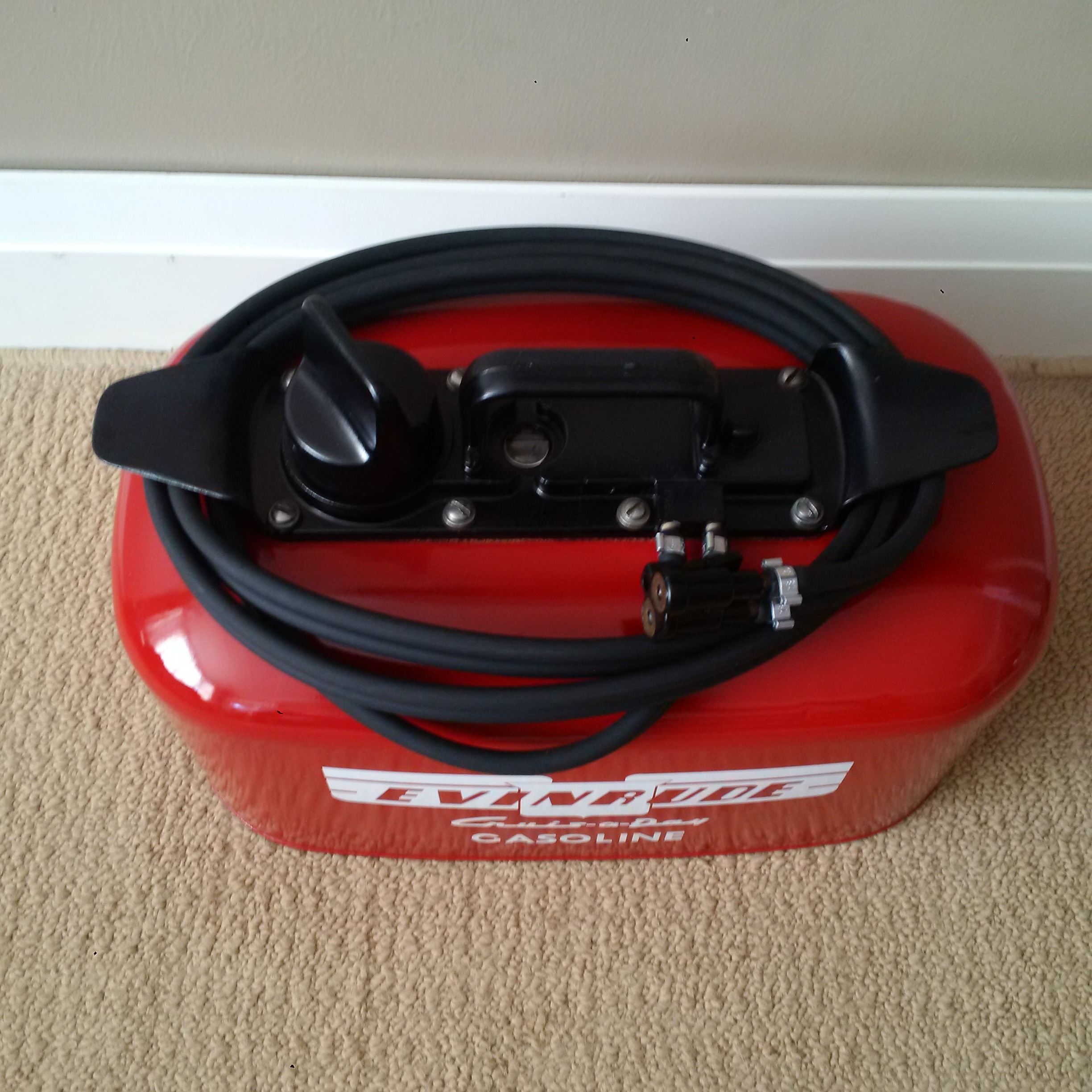Home › Forum › Ask A Member › Gas Tank Paint Dissolved
- This topic has 16 replies, 9 voices, and was last updated 5 years, 11 months ago by
gypsmjim.
-
AuthorPosts
-
May 17, 2018 at 1:02 pm #76181
Armor Coat rust enamel (also sold by Canadian Tire) is what I use on all rowboat motors that I do paint work on.
When it cures, it is a "fuel resistant" as anything I’ve ever used. If you spill or drip on it, and completely wipe it off within a few seconds, there is no damage to the painted surface.
Like most paints, leaving the fuel on there for an extended period of time will end up in streaking (or worse), even if they seem "resistant" to fuel. None of them are bulletproof when it comes to prolonged or long-term exposure, and overnight exposure would qualify as such.
Hope it helps.
best,
PM T2May 18, 2018 at 12:34 am #76216quote bobw:Never had that problem with NY’s paint before. Did you also use his primer paint? Also, how long did you let the paint cure before you put the tank into use?I never did either. It was his primer and it was cured about 5 months.
It WAS masked around the cap just as suggested.
It was rattle can paint. I don’t have equipment, so adding a hardener isn’t possible.
Peter said his paint is gas resistant, not gas proof.
May 18, 2018 at 12:47 am #76217May 18, 2018 at 12:51 am #76218I’ve used his aerosol paint in my restorations and never had a big fuel leak or spill but have certainly gotten some fuel drops on the painted finish around the fuel connection. Also had a carb flood one time that spilled some gas on the paint and nothing happened. In one section of his site, Peter does use the term "gas-proof" with regard to the aerosol paint (see link below). Sorry you had that happen. I still think his aerosol paint is great stuff and will continue to use it until I get some spray equipment. Guess it would be best to use a urethane paint on the fuel tanks.
http://nymarine.ca/pntinfo.html
Bob
1937 Champion D2C Deluxe Lite Twin
1954 Johnson CD-11
1957 Evinrude Fastwin 18
1958 Johnson QD-19
1958 Johnson FD-12
1959 Johnson QD-20“Every 20 minute job is only a broken bolt away from a 3-day project.”
"Every time you remove a broken or seized bolt an angel gets his wings."May 18, 2018 at 8:08 pm #76263I’ll continue to use it as well. I have 2 other tanks that were painted about 10 years ago and they are like new.
The problem was the gasket that leaked. It got hot and the gas must have expanded. Nevertheless, the gasket shouldnever have leaked. It was brand new. Was it old stock that was dried out? Did I not tighten the bolts enough? I dunno.
Next time I’ll add a sealer on both sides of the gasket when I tighten it down. Any suggestions on what material to use? It may contact the paint for sure…
May 18, 2018 at 8:17 pm #76266I also use sealer. Even just mist them with an aerosol gasket sealer. Cant hurt.
May 18, 2018 at 9:35 pm #76279I was thinking more like Permatex or something
-
AuthorPosts
- You must be logged in to reply to this topic.



